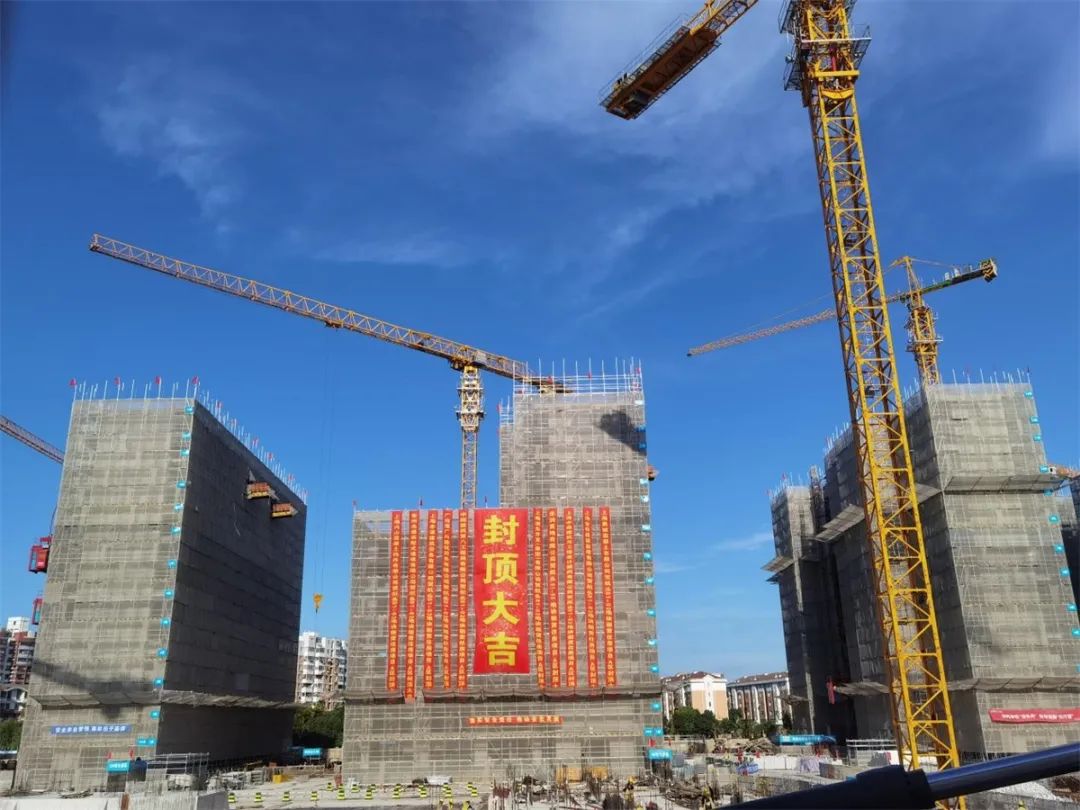The general standard of building and municipal engineering is issued by the Ministry of housing and urban rural development in April 9, 2021.
Because the official account official has adjusted the push rules, if you want to continue to receive the contents of the official account, please set the public building number of the building as the star sign, and more points of the “look at” and “praise” in the end of the article.
(2) According to the provisions of ubc1997 of the United States, the provisions on near-field effect in China’s current code gb50011-2010 before 2000 not only based on the existing research results, but also refer to the relevant provisions of the early American code UBC97.
Generally, the design ground motion parameters of general construction projects can be directly determined according to the seismic motion parameter zoning map of China (gb18306).
Star setting: enter the official account homepage, click on the top right corner “…”.
It is numbered gb55002-2021 and will be implemented from January 1, 2022.
“If you want to continue to receive the official account, please note that the” WeChat “is a public key.
This specification is a mandatory engineering construction specification, and all provisions must be strictly implemented.
Section 12.2 Paragraph 2 of Article 2 stipulates that when it is within 10km of the seismogenic fault, the near-field influence coefficient shall be considered for the input seismic wave, which should be 1.5 within 5km and not less than 1.25 beyond 5km.
When the engineering structure is within 10km on both sides of the earthquake generating fault When it is located in unfavorable sections such as strip-shaped protruding mountain mouth, towering isolated hills, steep slopes of non rock and strongly weathered rock, river bank and slope edge, the amplification effect of unfavorable sections on horizontal design seismic parameters shall be considered.
Please pay attention.
According to the provisions of UBC97 and atc40 of the United States, the ground motion parameters of each site should consider the near-field effect according to the source type and the distance from the fault The coefficient is adjusted (Table 1 ~ 3).
(3) the provisions of nehrp clause and asce7 in the United States, after 2000, the provisions of UBC97 on near-field effect are basically maintained in the previous versions of nehrp clause in the United States after 2000..
2.
However, the seismic peak acceleration, characteristic period and other parameters specified in the zoning map are based on the open Given by the flat general site (usually class II site), the local amplification effect (i.e.
The above provisions show that the original intention of the current code gb50011-2010 is to consider the amplification effect of ground motion intensity near the seismic fracture zone as far as possible if conditions permit.
Due to the influence of the site, it is clearly specified in article 4.2.2 of this specification, which only deals with the near-field effect .
This article is modified from article 3.10.1 of code for seismic design of buildings gb50011-2010 Article 3.
If the relevant provisions in the current engineering construction standards are inconsistent with this specification, the provisions of this specification shall prevail.
2.1 provisions on near-field effect (1) code for seismic design of buildings (gb50011-2010) code for seismic design of buildings Gb50011-2010 clause 3.10 Paragraph 1 of Article 3 stipulates that for the structure within 10km on both sides of the seismogenic fault, the ground motion parameters shall be included in the near-field influence.
4.1 Article 8 (strong article), article 4.1.6 (strong article), article 12.2.2.
the principle of local prominent Terrain Influence and the minimum adjustment requirements are specified.
The amplification factor shall be determined according to the specific conditions of unfavorable sections, and its value shall not be less than 1.1 and not more than 1.6.
In view of the above situation, in order to ensure the seismic safety of the project, the zoning map parameters need to be adjusted according to the specific conditions of the construction project and considering the influence of the above factors before they can be used in the engineering design.
The actual project site conditions are consistent with the standard site in the zoning map The difference of (class II) also needs further treatment of various engineering construction standards.
In order to cooperate with the release and implementation of the general code for earthquake resistance, the company will successively push the relevant information of the general code for earthquake resistance.
The relevant mandatory provisions in the current engineering construction standards shall be abolished at the same time.
In view of the continuity of technical regulations, the practical feasibility of engineering technology and economy and other factors, code 10 clearly requires that “near-field effect” should be considered only in the performance-based design and isolation design; Other situations are not explicitly specified, but according to the bottom line requirements of national standards, when conditions permit, the near-field effect should also be properly considered.
Push in this issue: Article 4.1 of the specification Article 1 interpretation: adjustment and control of design ground motion parameters focus of this issue: things like near-field effect! 01.
When the engineering structure is within 10km on both sides of the earthquake generating fault, the influence of near-field effect on the design ground motion parameters shall be included.
near-field effect) in the area close to the fault is not further considered, nor the adverse impact of local prominent terrain such as towering and isolated hills.
Click Set as star, The official account of yellow Pentagram (Android and iOS user operation) will appear next to the public name.
Within 5km, it should be multiplied by the increase coefficient of 1.5, and beyond 5km, it should be multiplied by the increase coefficient of not less than 1.25.
Provisions (4.1.1) 4.1.1 when calculating the seismic action of various buildings and municipal works, the design ground motion parameters shall be determined according to the fortification intensity according to the relevant provisions of Section 2.2 of this code, and adjusted according to the following provisions: 1.
02?????? this article defines the adjustment requirements and control bottom line of design ground motion parameters.



